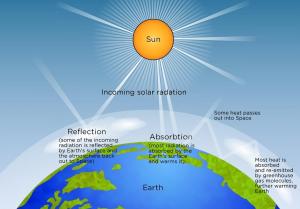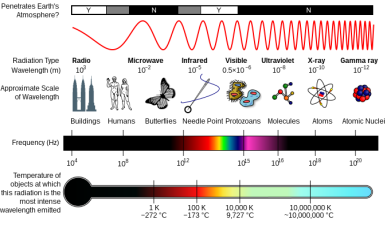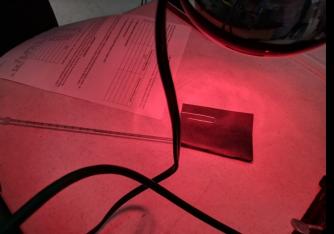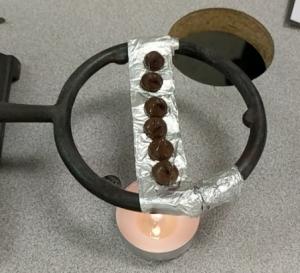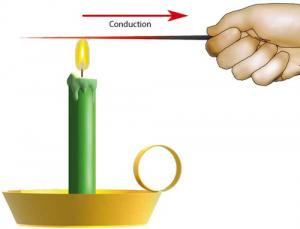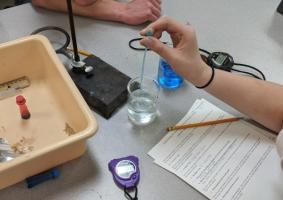Section 1: Energy Transfer
Daily Dose of Destruction: Rain Bomb, AZ Monsoon
The sun is the source of all energy found in the atmosphere. Some of this energy is reflected back into space bouncing off of snow, clouds, water vapor, and other reflective surfaces found on the planet. Some solar energy is absorbed by the atmosphere, oceans, and the surface of the Earth. The balance between the amount of energy reflected out into space and the amount that is absorbed is important. If the balance tips to one side, the consequences can be dire.
There are three types of energy transfer: Radiation, Conduction, and Convection. In this section, you will have an opportunity to explore each type of energy transfer by completing three mini-labs.
If you are a student of Snowflake, Heber, or Holbrook click SUSD5 Student Version of the Understanding the Three Types of Thermal Energy Transfer
Purchase the Understanding the Three Types of Thermal Energy Transfer lab for $0.75 Cents.
Radiation
Radiation is actually how the sun's energy reaches Earth and the rest of the solar system. It travels via electromagnetic waves as light and heat. Heated surfaces radiate energy. To feel how radiation works, just use a heat lamp or a hot plate. Without touching the surface, can you feel the heat? If you can, the source of energy has enough energy to travel electromagnetically to your hand.
|
|
|
Conduction
Conduction is the transfer of heat through one object touching another object. You have received heat and cold energy through conduction. Hot molecules move more quicker than colder molecules. As they heat up the molecules bounce into another molecule transferring some of its energy. This molecule then moves quicker hitting another molecule, and transferring its energy. It isn't long before anything around a heat source begins to feel warmer. It is important to note that different materials conduct heat energy at different rates of speed. Think about why cooks would use a plastic or wooden spoon vs a metal spoon when cooking. Metal transfers heat much more quickly than plastic or wood.
|
|
|
Convection
Convection is the transfer of thermal energy through a flowing movement in liquids and gases, like the movement of water, air, and even mantle material that was discussed when talking about volcanoes and plate tectonics. Air molecules spread apart as they are heated increasing air volume which in turn decreases air density. The lower the density of air pressure the easier it is to rise high into the atmosphere. Warm air not only rises, but it expands as well. As air temperature drops, air molecules move slower and closer together, causing the volume to shrink and the air to become denser so that it sinks. It is this drop and increase in air density that circulates air movement. This is the reason wind exists. Air is constantly being heated or cooled off. The larger the difference in air temperatures, the faster the wind and air will circulate, and the stronger the wind gets. You will learn more about the wind in the next section.
|
|
|











